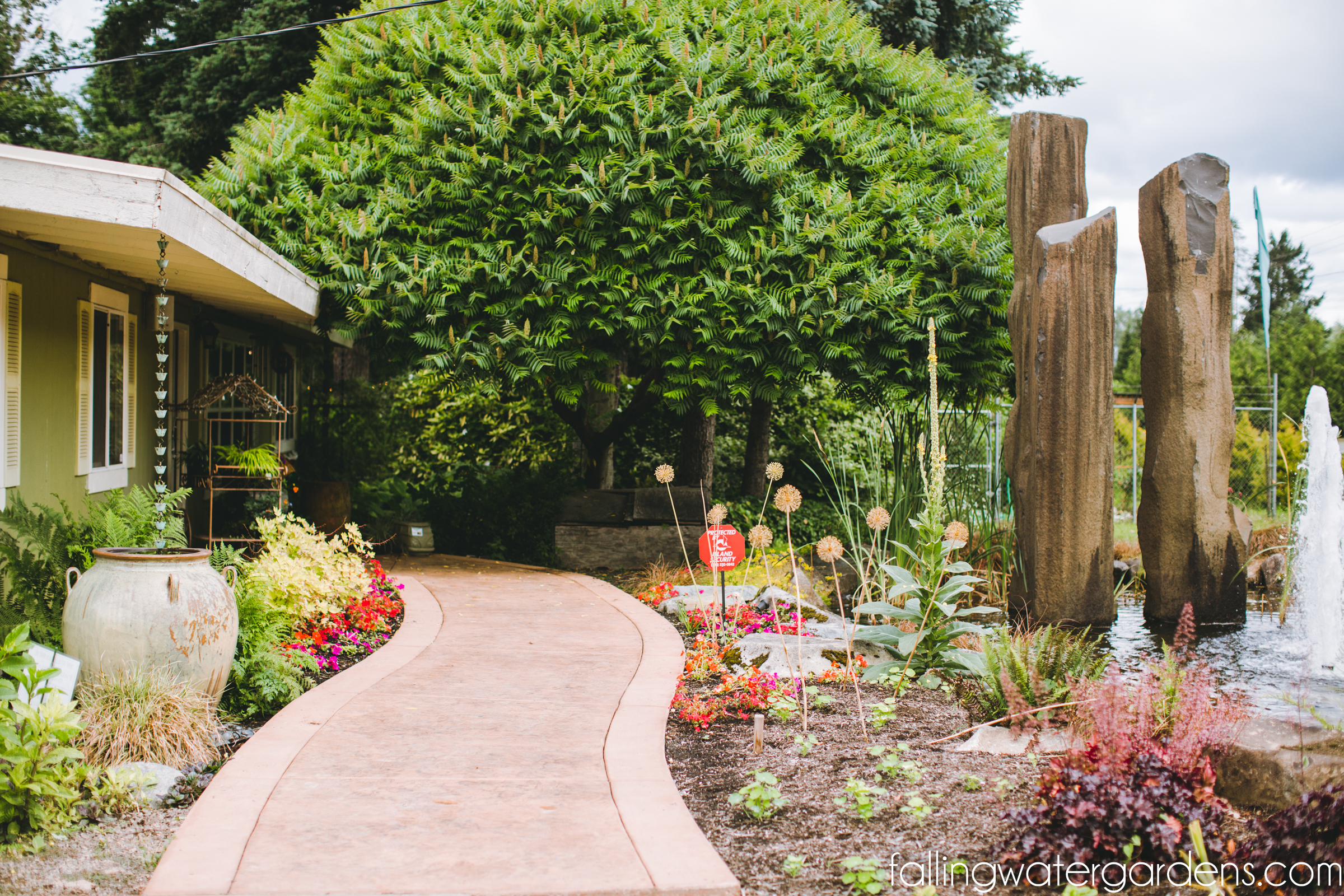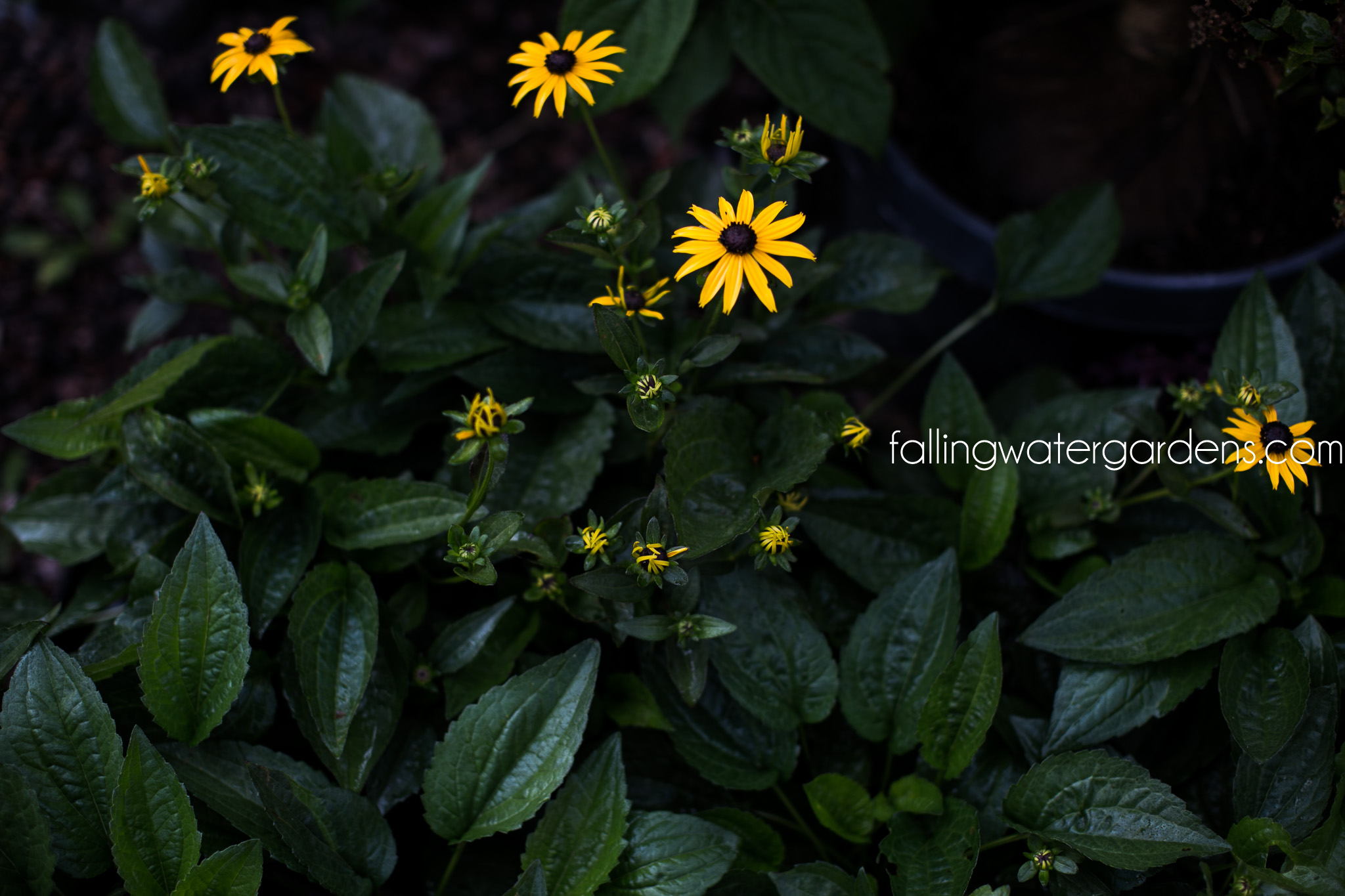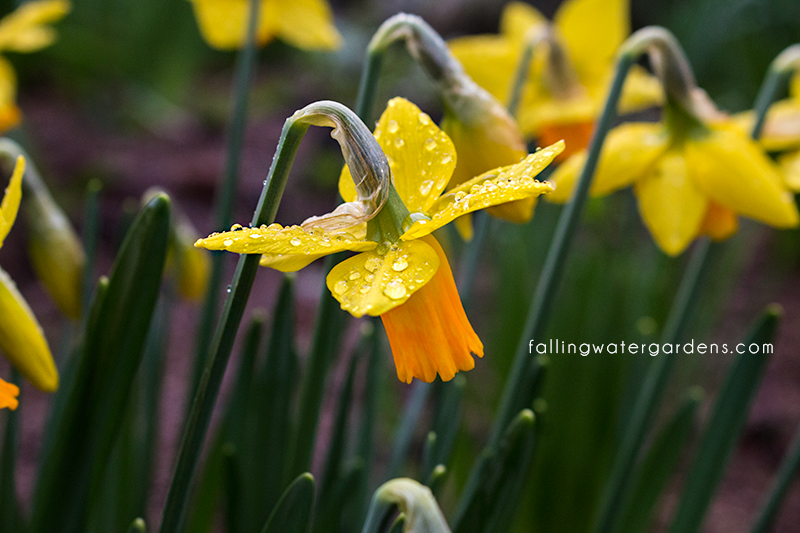HOW-TO
Addressing a Failing or Faulty Pump
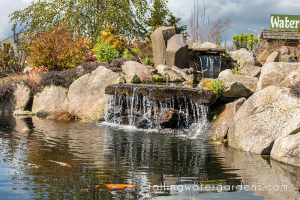 There are many reasons your pump may be working poorly or not at all. Let’s help you to troubleshoot your problem.
There are many reasons your pump may be working poorly or not at all. Let’s help you to troubleshoot your problem.
There’s a chance that your pump isn’t getting any power. Check the circuit breaker and GFCI outlet to make sure neither of them have tripped. You can test the electrical source by plugging the pump into a different outlet. If necessary, you can take the pump out of pond to do this. Just make sure you don’t run the pump dry for more than a few seconds.
Check to make sure that your hoses are free from any kinks and blockages. Be sure to check every inch.
If your model pump allows it, remove the filter screen and clean and inspect the impeller. It should be free of any debris. If you have a skimmer or filter it is imperative that you keep these clean. The dirtier they are the harder your pump has to work. It’s a good idea to put your maintenance schedule on a calendar in order to keep things running properly.
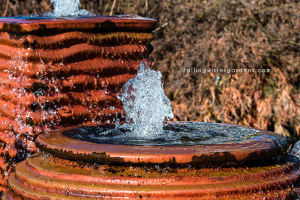 It’s important that your pump has the correct flow rate . You will want your flow rate to be at least half the volume of the whole pond and this is a minimum required flow rate for proper water flow. Follow the manufacturer recommendations for your pump’s water flow rate depending on the amount of water it is going to be used for.
It’s important that your pump has the correct flow rate . You will want your flow rate to be at least half the volume of the whole pond and this is a minimum required flow rate for proper water flow. Follow the manufacturer recommendations for your pump’s water flow rate depending on the amount of water it is going to be used for.
Need to calculate the gallons of your pond?
Simply multiply the average length x the average width x the average depth x 7.5 and the result will give you the number of gallons. Easy! And now you know.
Remember to always isolate the power before maintenance to avoid electric shock. You should read manufacturer’s instructions for individual pumps requirements.
There are no two ways about it, eventually pumps fail. It’s not uncommon for a pump to burn out every few years, but if you are consistent with maintenance you will be sure to extend its life.
Please note that we’ve updated our newsletter format. You may navigate through this newsletter by clicking on the page numbers below.

